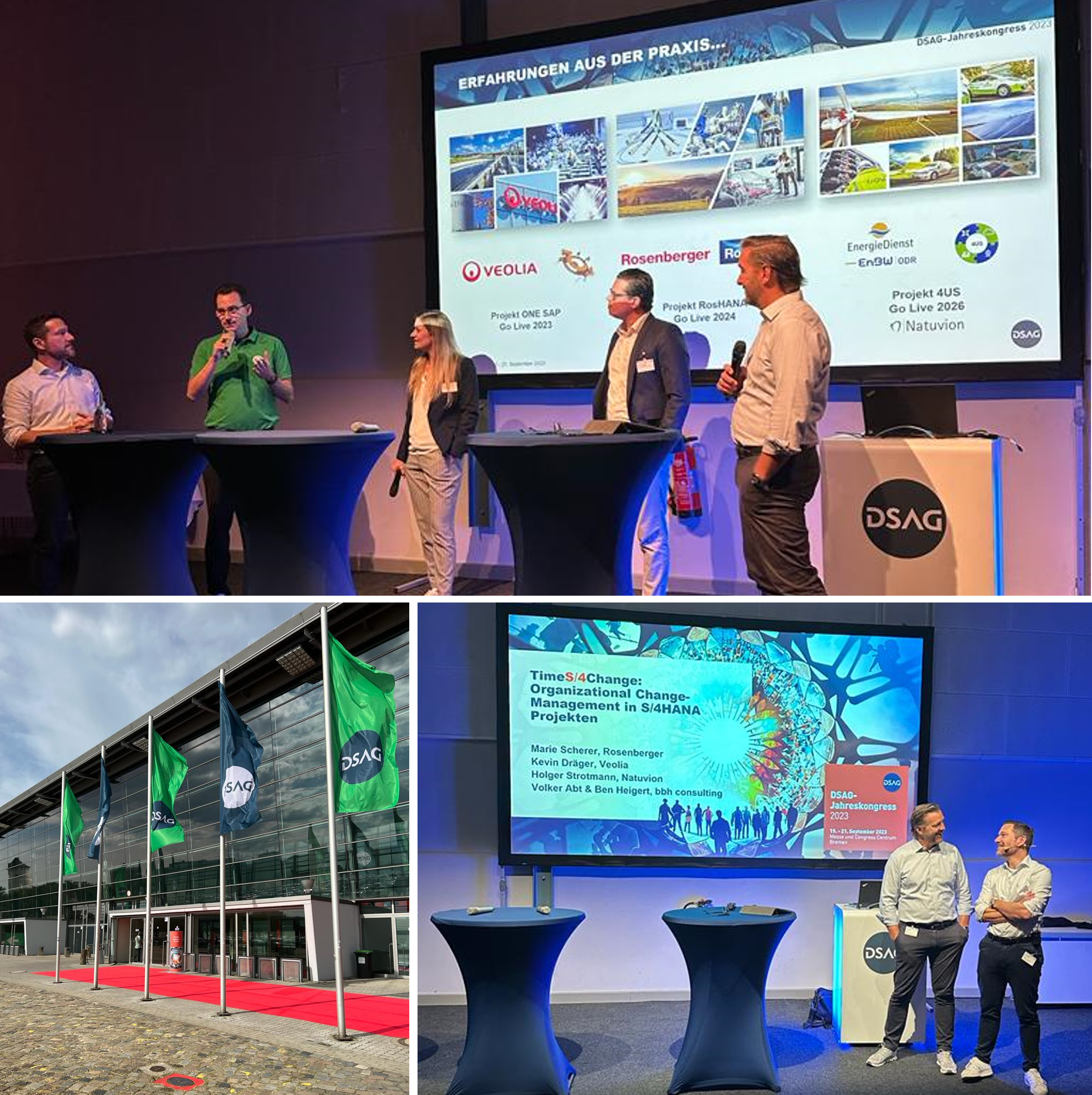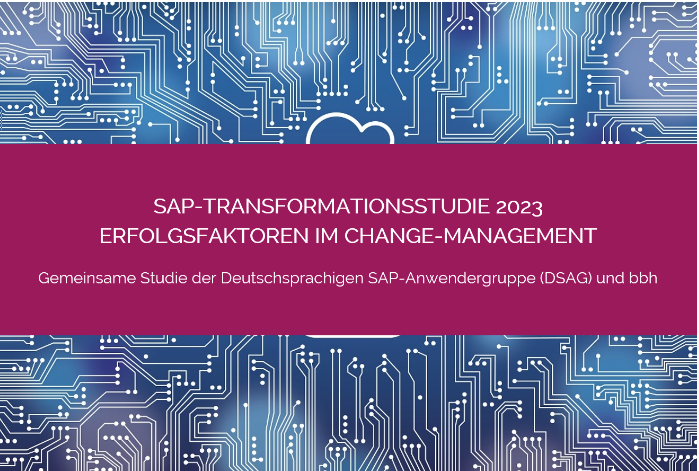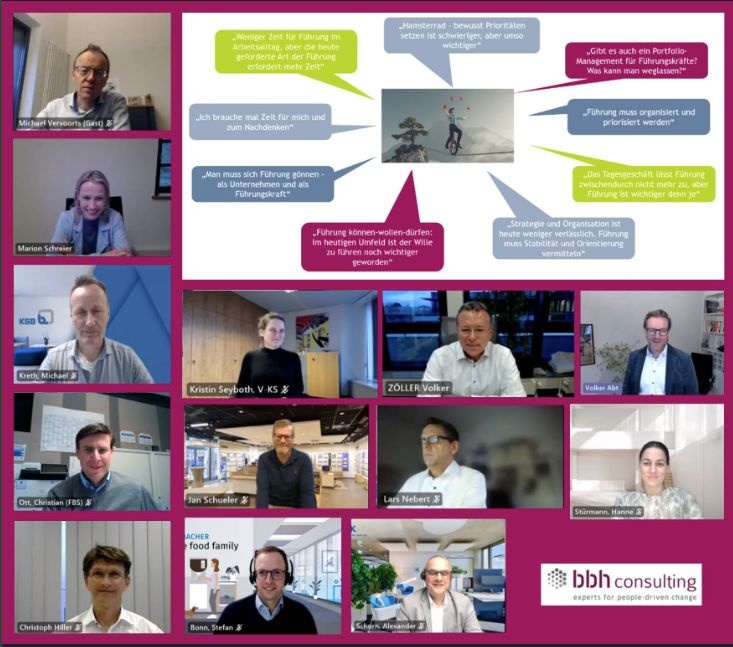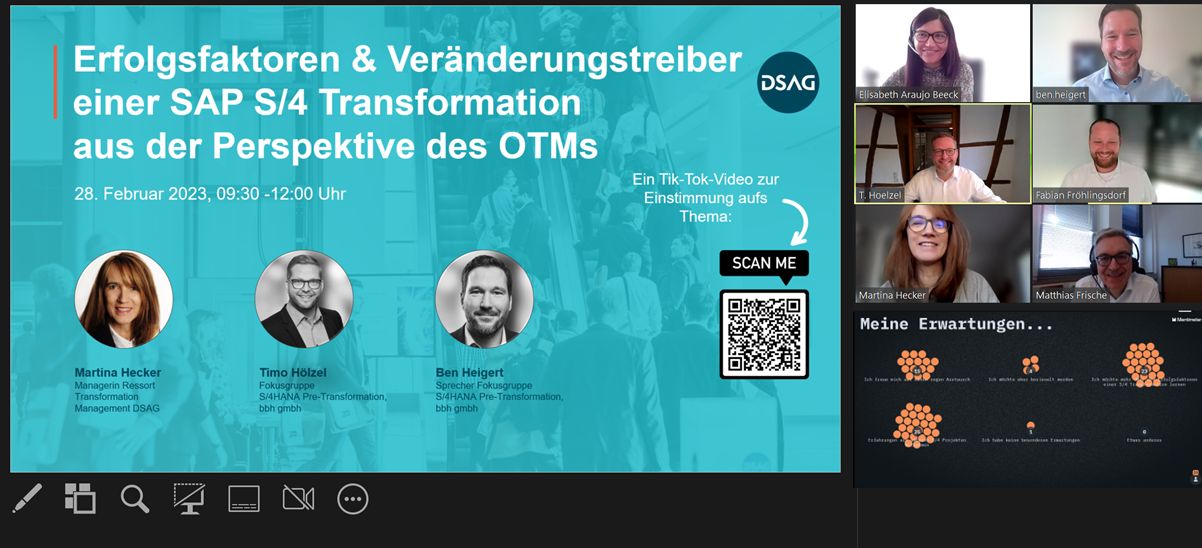Establishing a New Work Culture at a Financial Service Provider
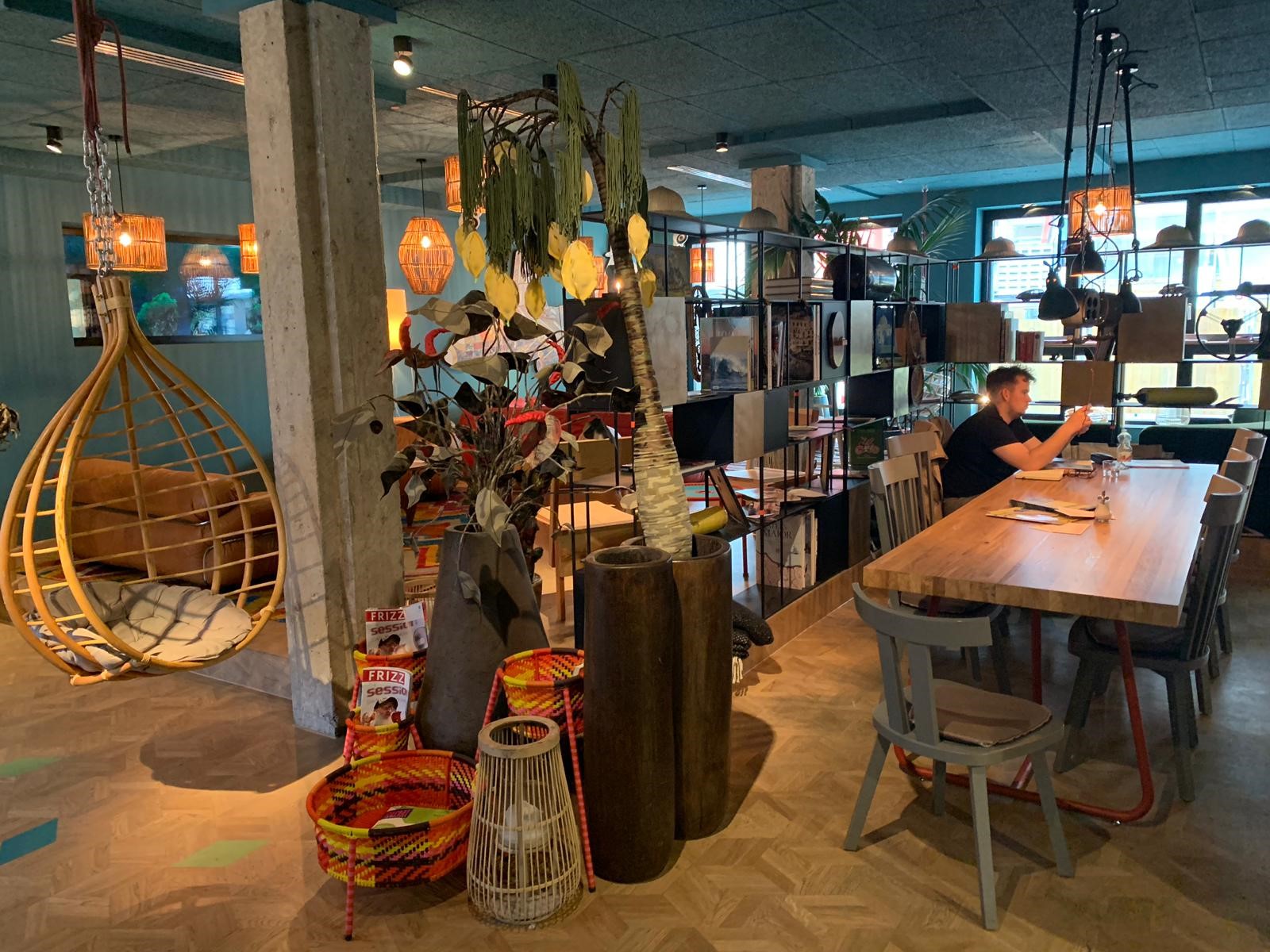
In the course of a cultural transformation at a large financial service provider the development of a common understanding of leadership was focal. In particular, this project was about making the challenges clear which leaders face because of the growing changes in the world of work and supporting the leaders with their development.

Starting point: Uncertainty how changes towards new work can be designed
As part of the first project phase it was shown that the organization, as many others, suffered the “digitization dilemma”: high need for action combined with an uncertainty what is necessary on the way to new work.
Typical questions in the dialogue with the leaders were for example:
- How do I empower my team members to work more autonomously and independently?
- How do I deal with the increasing amount of home offices of my employees?
- How do I support the cultural change in my team so that new ways and forms of cooperation and idea generation are lived?
Agile project approach – establishing new work in short iterations and with a focus on quick results
It is our aspiration in every project to make quick progress in favor of the company. Therefore, we do not waste time with long analyses and elaboration of conceptual foundations. Instead, we use this phase for already integrating the employees and to start the implementation immediately – with agile methods as well as a great deal of experience with organizations and humans, empathy and common sense.
For changing the work environment, we applied two levers: the individual key players who substantially shaped the working culture and the core units of the organization.
Lever 1: Change management support for core units
Our CO/MM/A approach created transparency regarding the collective capabilities defined by new work. The most exciting outcome was a “heatmap” of teams, departments and divisions – regarding their own performance and their level of maturity related to the characteristics of new work. In this way, we could clearly identify which units had the greatest need for action and which units were role models for the whole organization. We supported the units with the greatest need for change with an agile proceeding to gradually redesign different facets of their work environment. For this we used short sprints and continuous involvement of all employees by real time feedback.
Lever 2: Sparring of key players
In the further course of the project, we developed a basic set with the most important leadership requirements together with employees of different levels in “Future-Leadership-Workshops” at every important location in Europe. These basic sets include specific behavioral characteristics and skill sets which are most important for a leader on the way to the new world of work.
Based on that, we drew up a position- and strategy-specific 360-degree feedback for all leaders. Purpose of this process was that all leaders develop towards the basic skill sets and behavioral characteristics defined and especially that they provide specific leadership and change impulses in their sphere. The interventions from the 360-degree feedback were individually supported by BBH together with the respective supervisor. To ensure a lasting positive development, quarterly reviews in the form of “mini-pulses” were used.
Results of the change management by BBH
Our approach to focus on humans and teams as cultural change agents instead of structures, processes and tools was a great success: After only a few weeks, significant changes and progress were noticeable in everyday life. Furthermore, the effort of the organization through the change process was minimal and the commitment at all levels extremely high.



